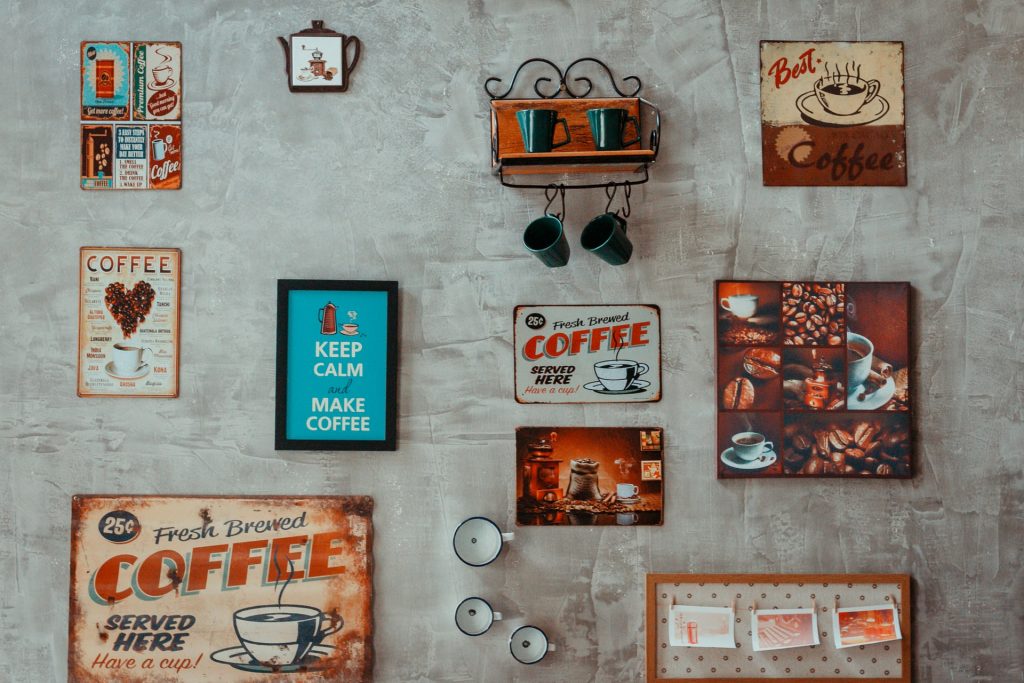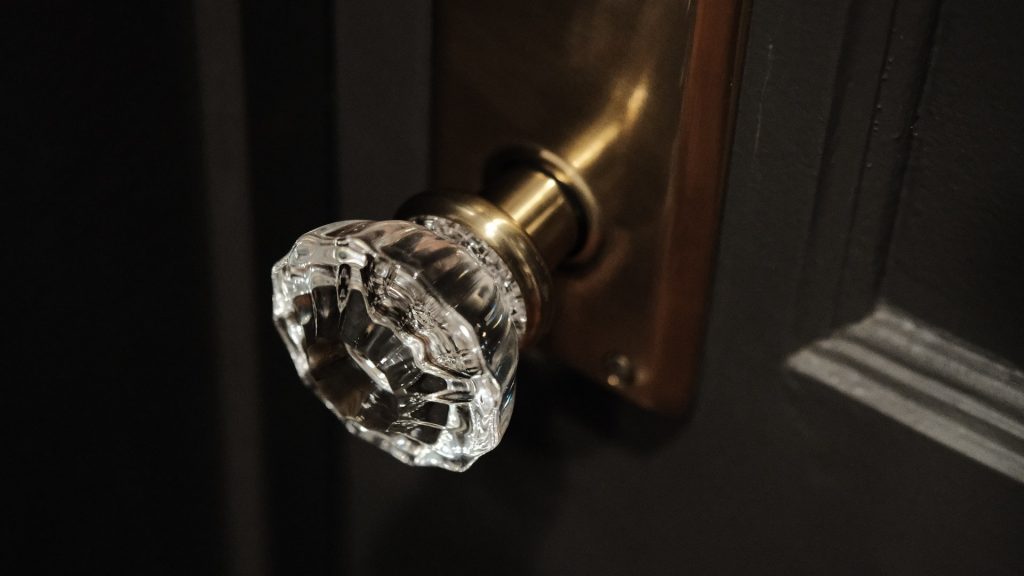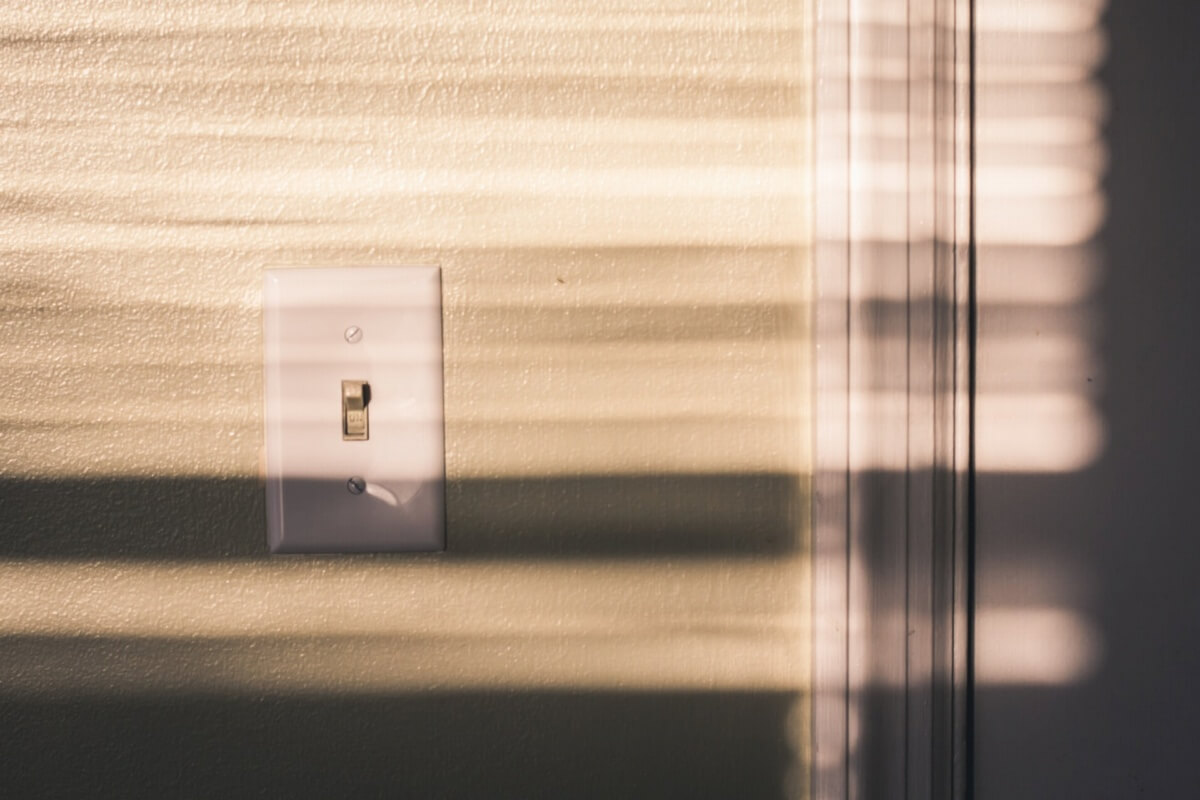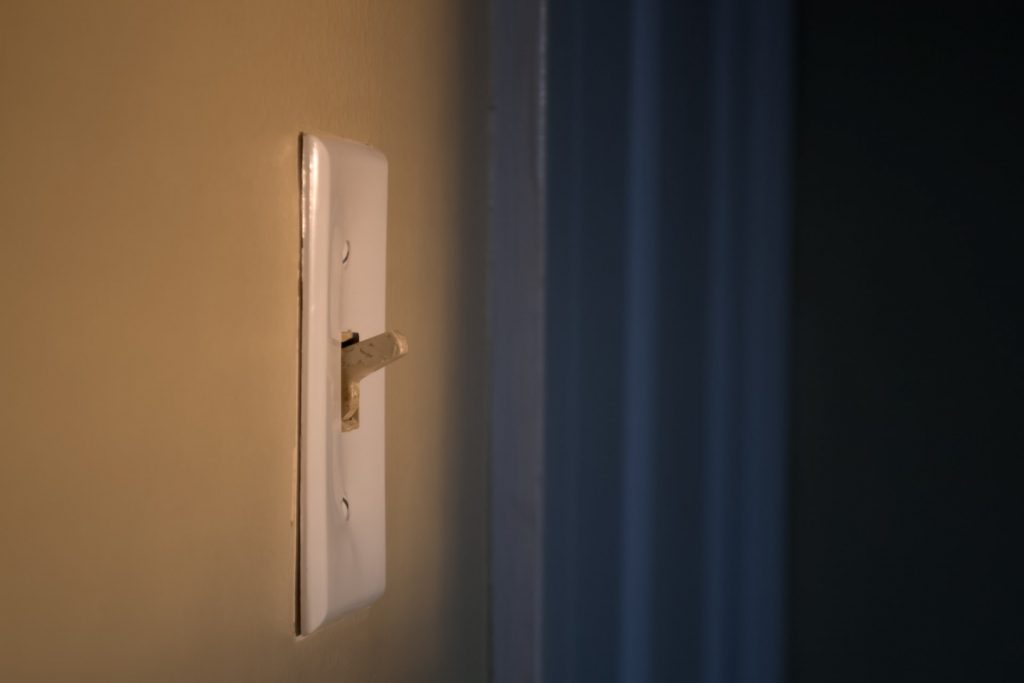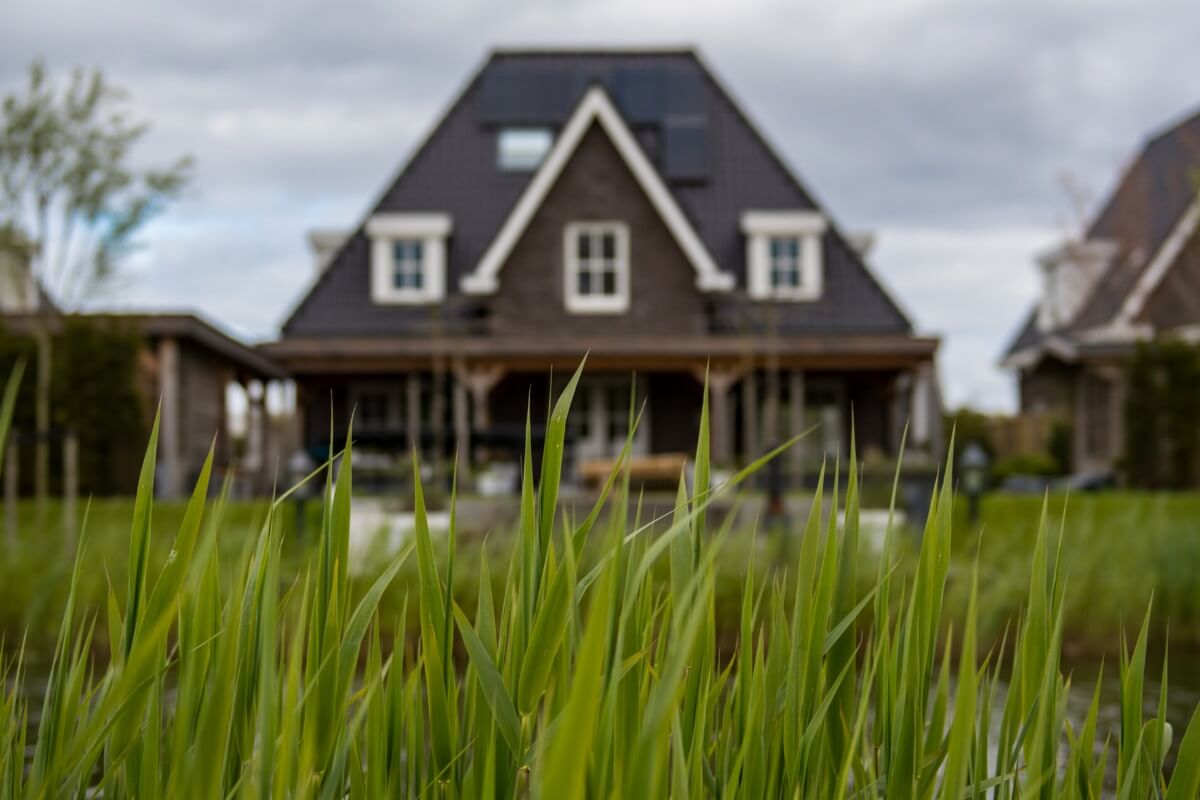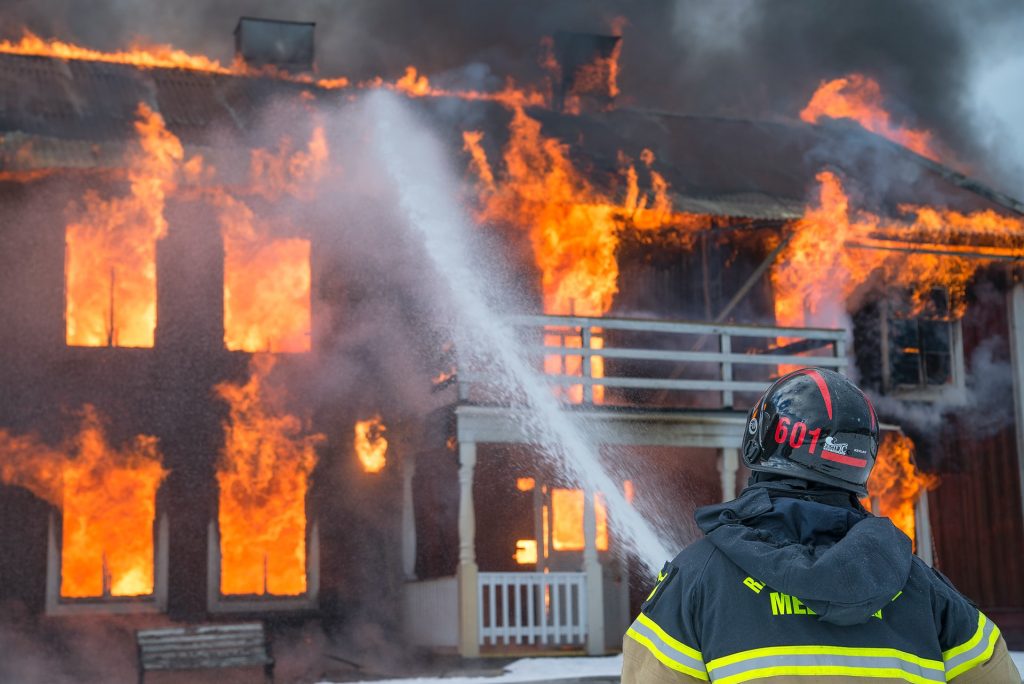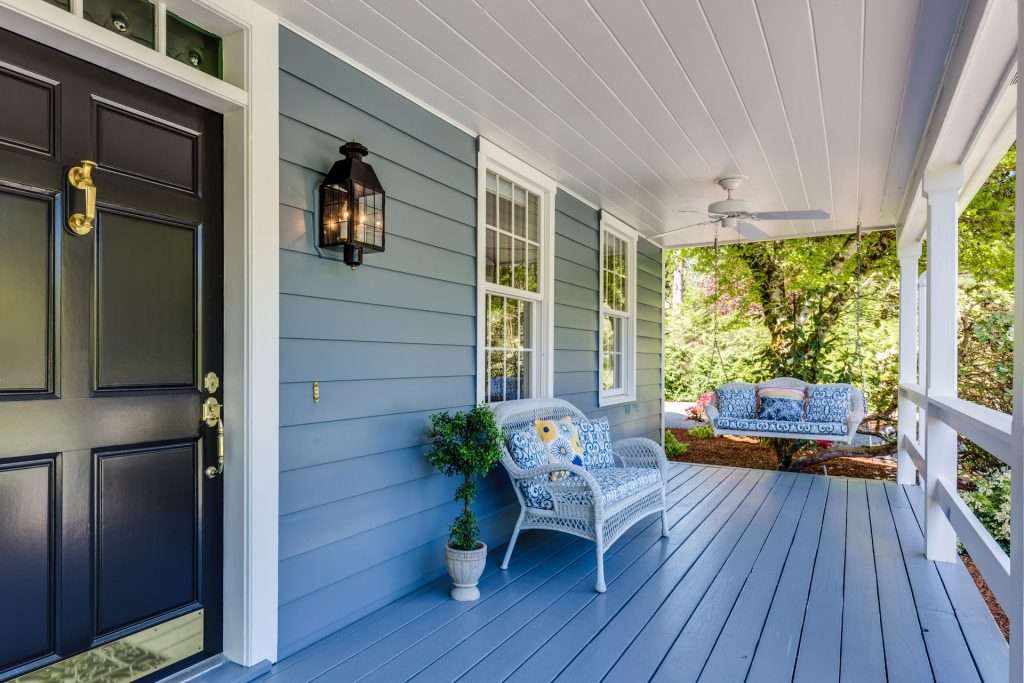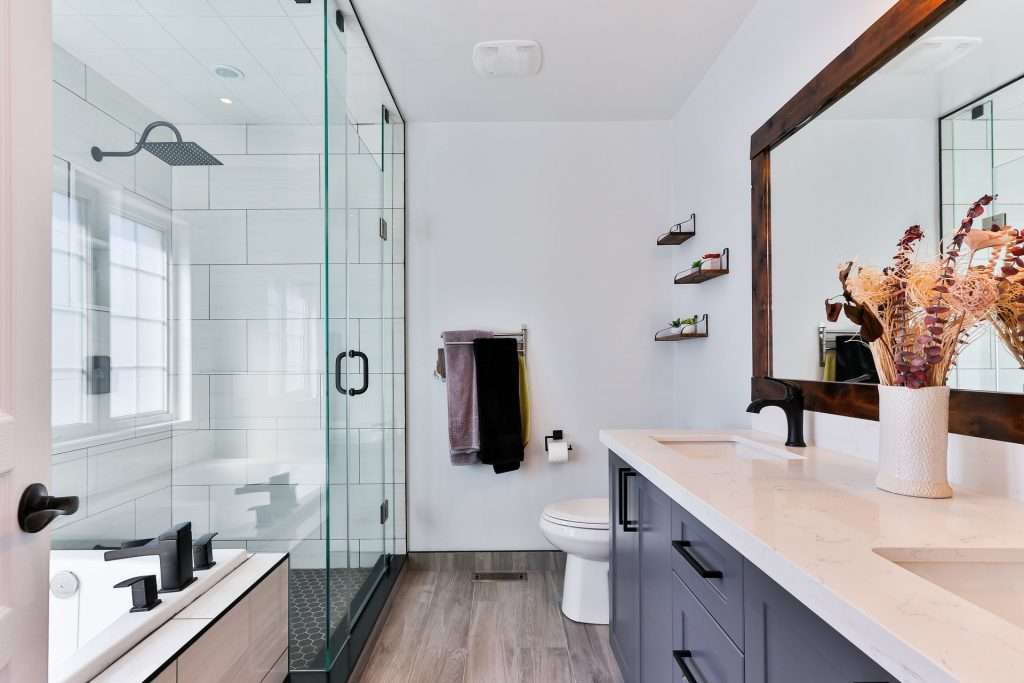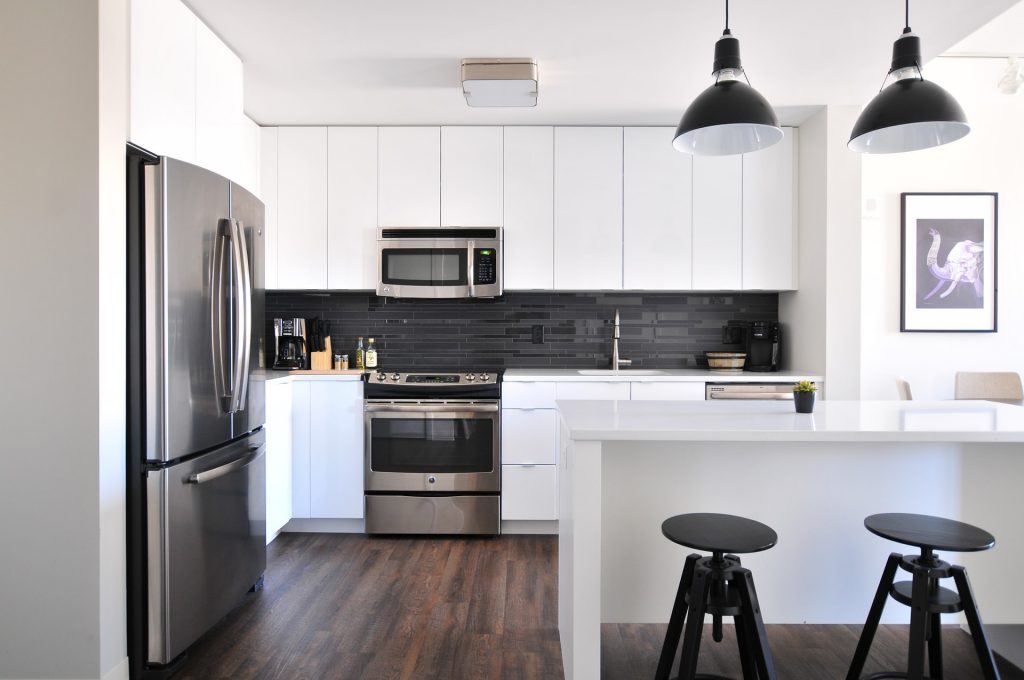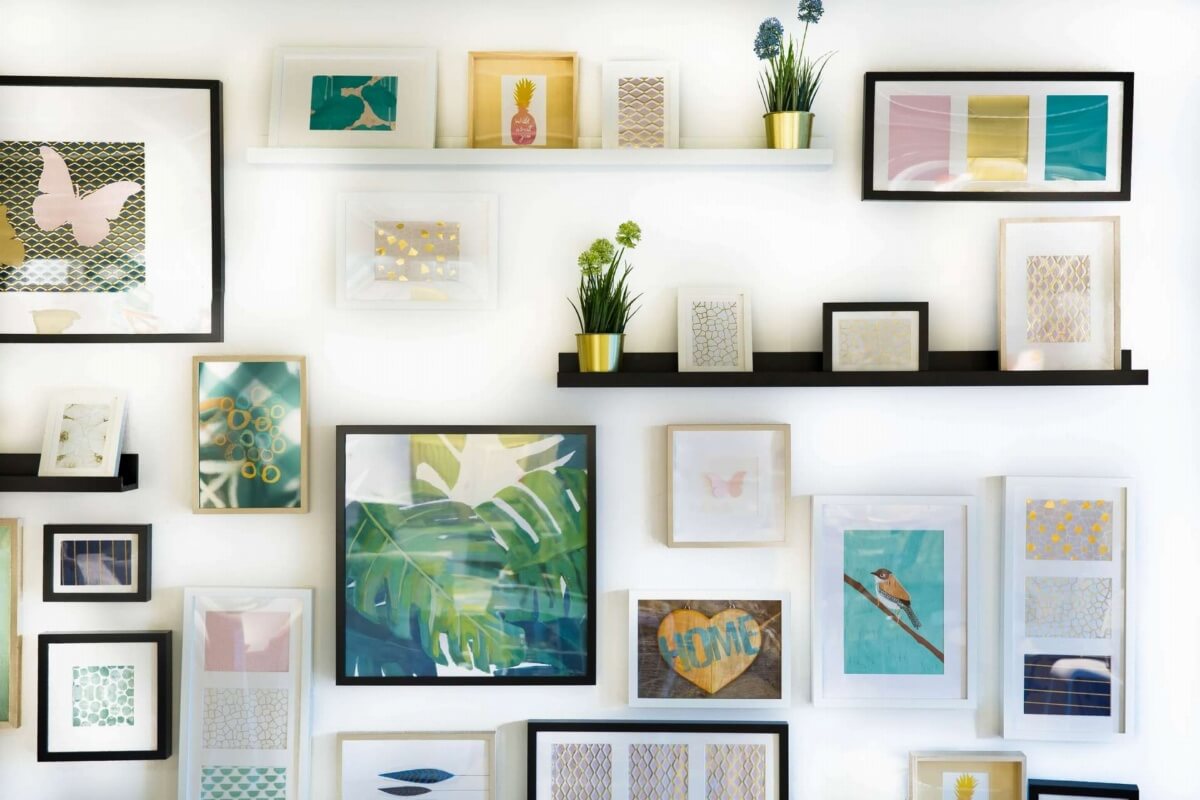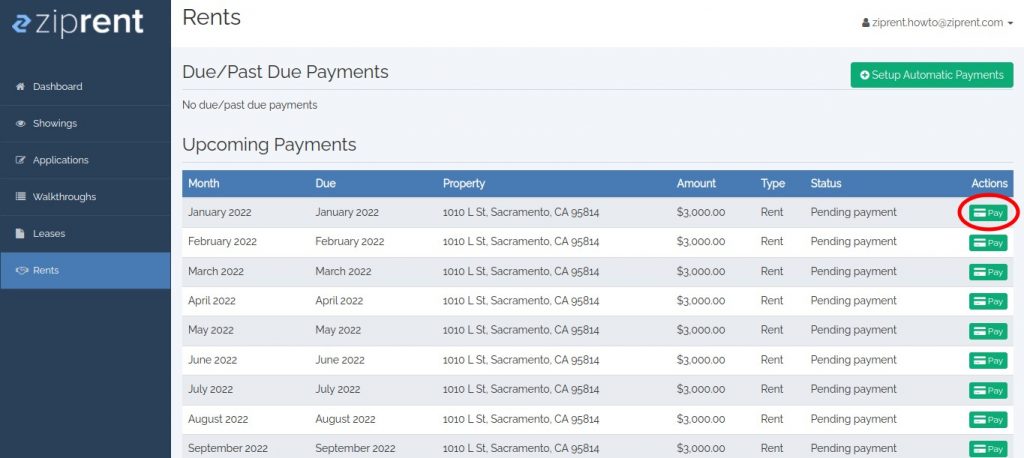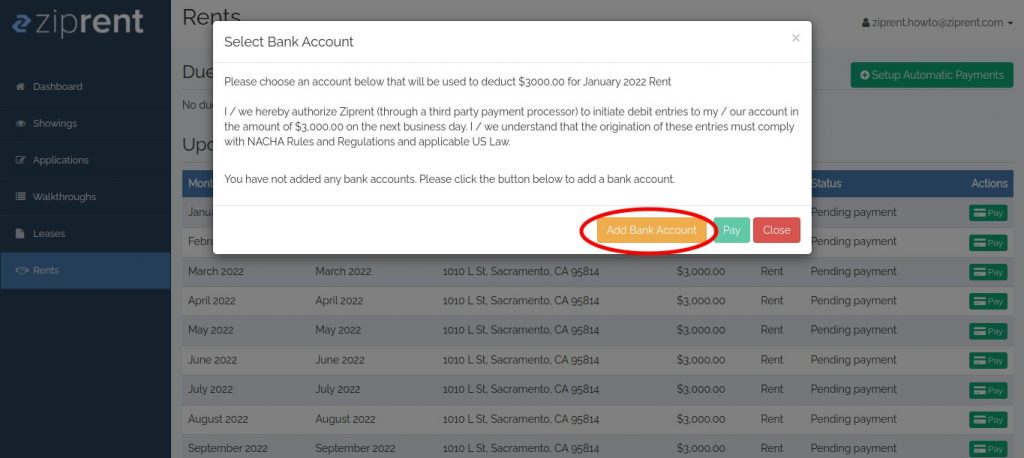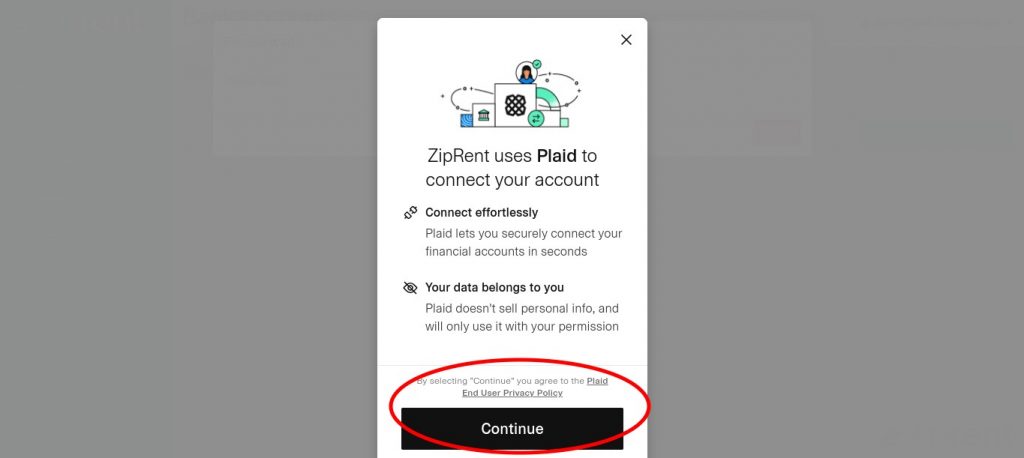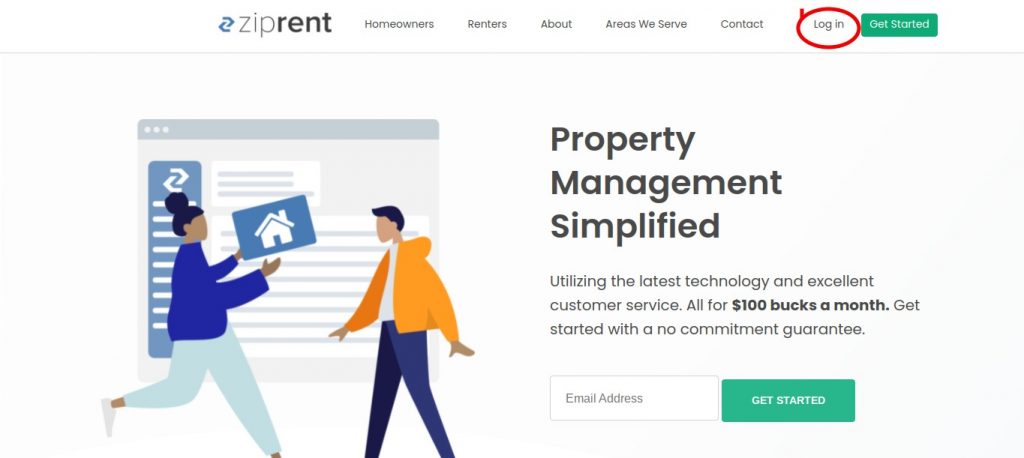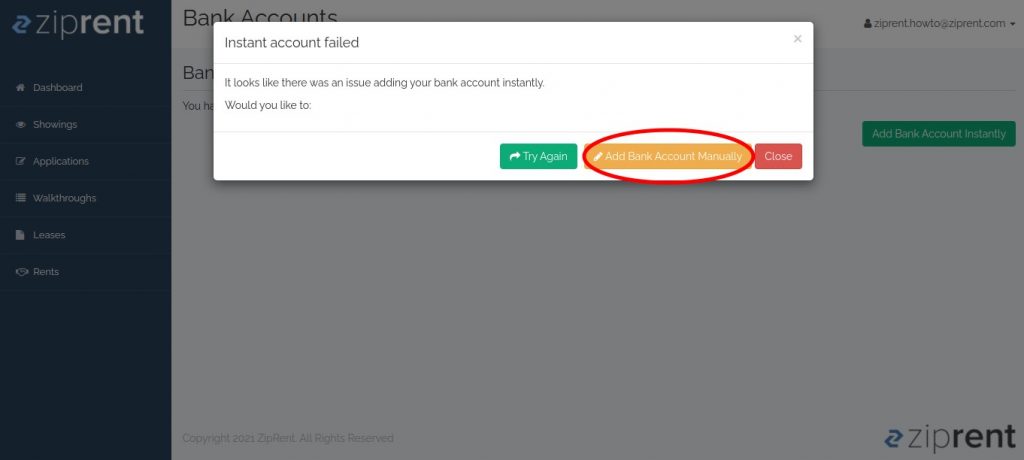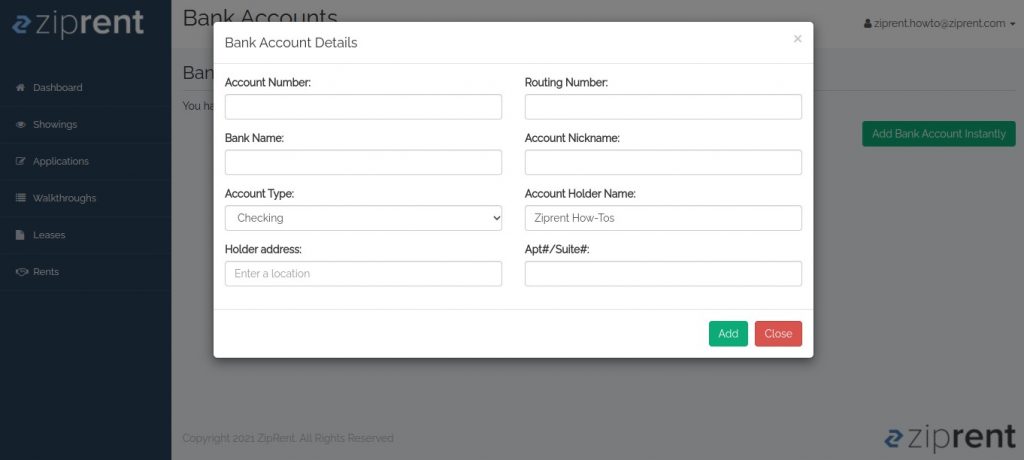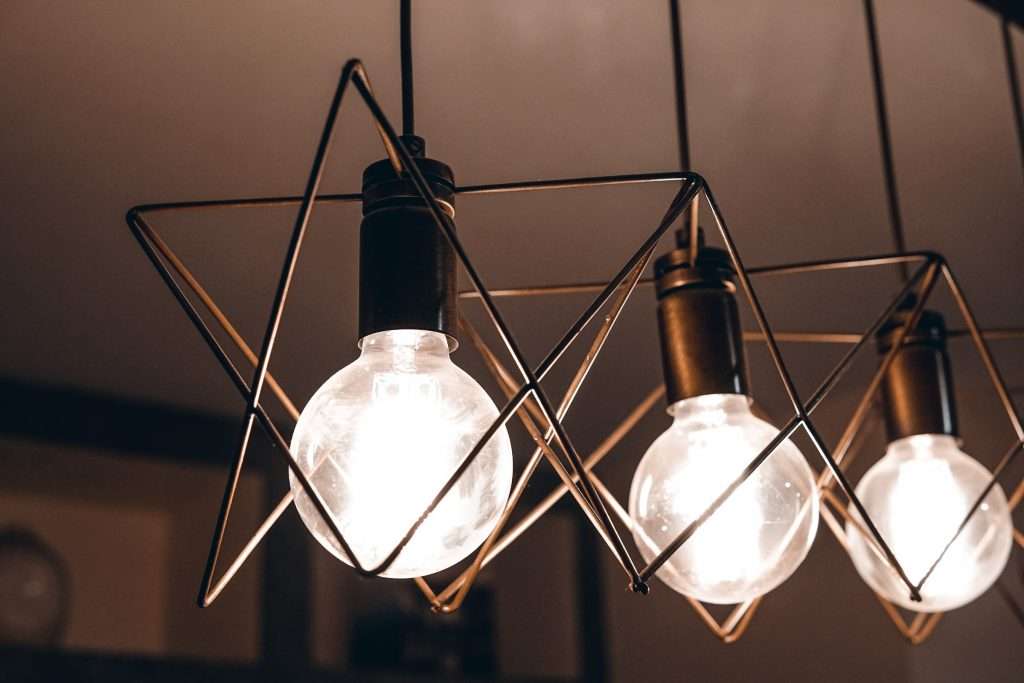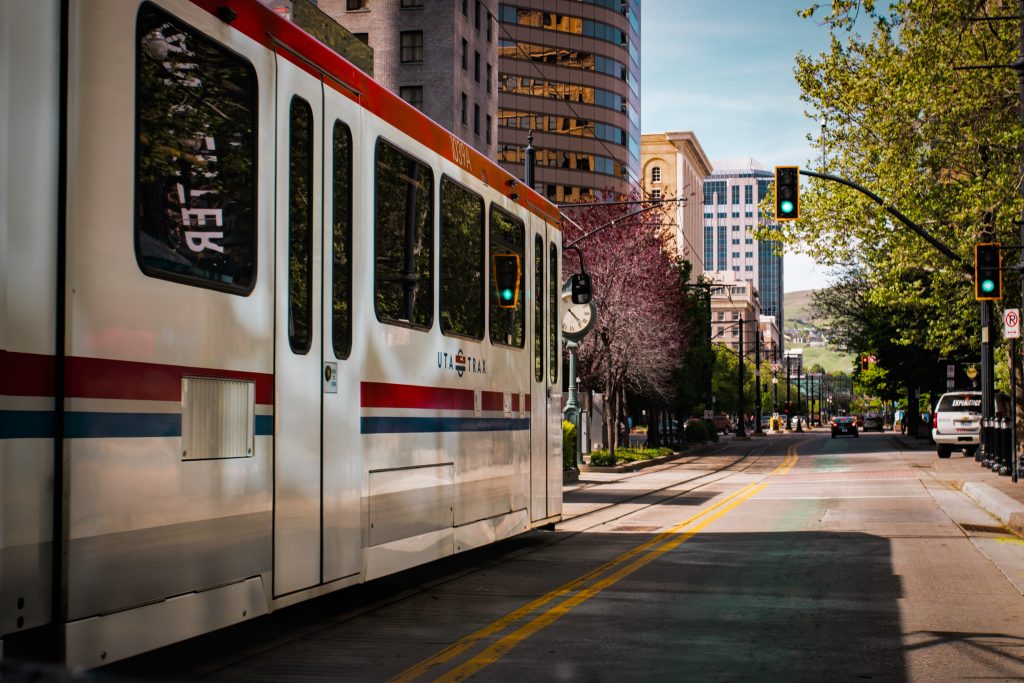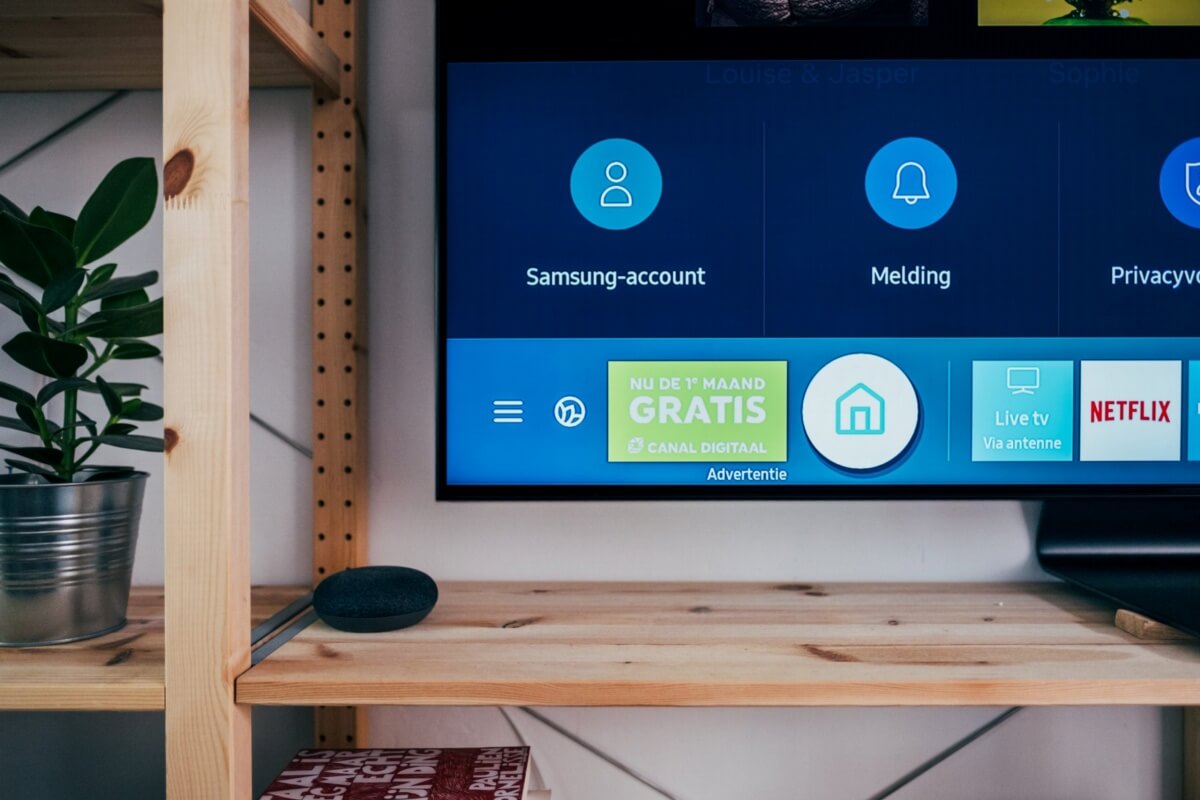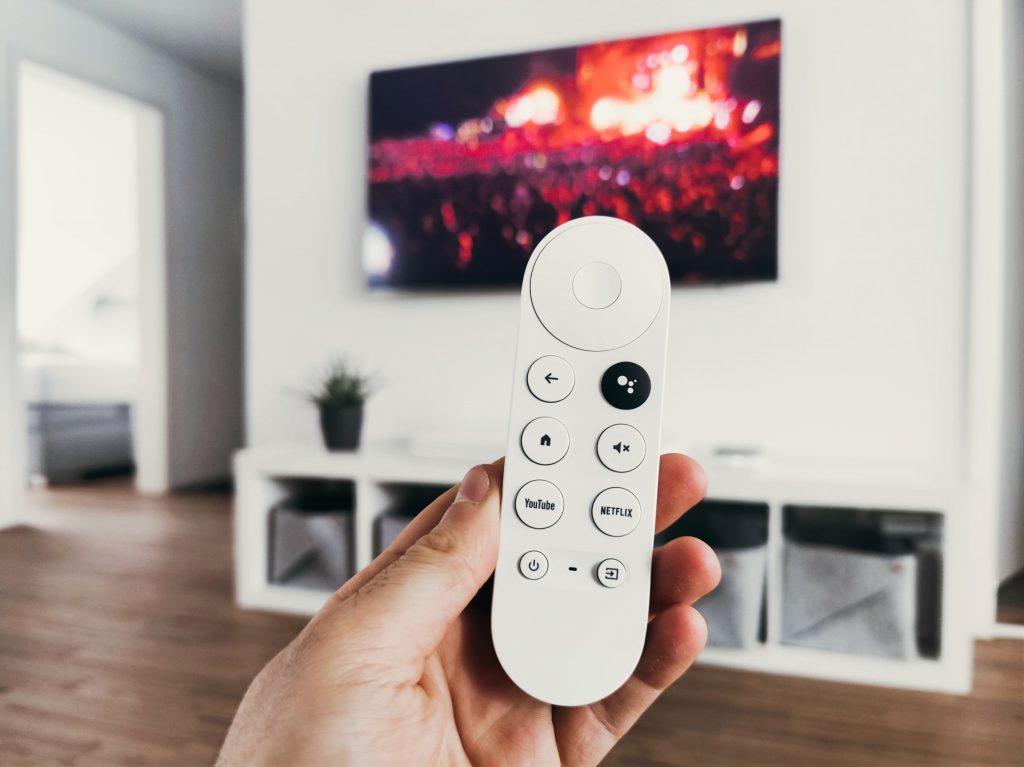Moving can be a stressful process. The time spent searching online, driving to showings, meeting with property managers and landlords, and considering moving costs can be taxing. This can make the rental inspection at the end of the process seem excessive and like a step that can be skimmed over. While it can possibly create more headaches, this step isn’t one just landlords take to protect themselves, it is also a step that can protect tenants.
This is an important step that can make sure everything is functioning properly before moving in. It can also protect your security deposit as well as keep you from being held liable for any damages that you aren’t responsible for. Here is how to conduct a rental inspection:
The exterior
The exterior is a part of the inspection that can easily be overlooked. Most of the focus can be spent on the interior since that is where tenants will spend most of their time. Since you’re paying for the entire property, you’ll want to inspect the exterior as well.
Inpsect all the exterior doors. You’ll want to make sure they are sealed properly. Check to see if you can see any light coming through the edges of the door. You can also feel to see if there is any draft coming from the doors when they are shut. If the doors aren’t properly sealed, this can lead to high heating and cooling costs.
Checking the windows is equally important. You’ll obviously want to look for any damaged windows. Are they broken or do they have any cracks? You’ll also want to make sure they open and close properly. You can gently push on the windows to make sure they are installed and secured properly. Inspect the screens as well to make sure they fit properly and aren’t damaged with any large holes that would render them useless.
Check all the locks on the doors and windows as well. You’ll want to make sure they work properly and are easy to use. If the locks are old and rusted making them difficult to lock and unlock, they need to be replaced or fixed. You’ll also want to decide if the quality of the locks are sufficient.
All other exterior
Don’t overlook porches, balconies, or exterior staircases, and the rest of the exterior structures. Make sure there aren’t any cracks or loose boards. Make sure all the gates can be secured properly. Make sure any railings are properly secured and don’t wobble. If you live in a region with extreme weather, you’ll also want to consider any branches which might pose a threat during a storm.
Heating and cooling
Check to see what kind of cooling and heating units there are in the rental unit. Is it central? Are they window/wall units? Is the heater gas or electric? This will impact the costs of heating and cooling. You’ll also want to check to see if they work properly. Take some time to turn the heating and cooling on to see how well it works. Look to see if there is any rust or debris around the vents which will give an indication of how well the system has been maintained. If there is a lot of debris, you can request the landlord inspect the system.
Lights and outlets
Inspect all the lights to make sure they turn on. You’ll also want to inspect all the outlets to make sure they work and aren’t loose. Bring your cell phone charger and use that to inspect each outlet to make sure they all work. If any lights flicker, this could indicate an electrical problem.
Interior walls and ceilings
Look around to see if you can spot any cracks, chips, or scratches on the walls and the ceilings. If it looks like the paint isn’t fresh, you can ask the property manager to paint the interior or at least go over the spots where the paint is cracked or chipped.
Also, check for any mold or water damage. In order to spot any water damage, look for any bubbling of the paint or wallpaper. If you’re in a region with high humidity, mold can be high risk. Consider how well ventilated the home is and look for any potential mold build-up. If you spot any, notify the landlord and request it be removed.
Smoke and carbon monoxide detectors
Detectors are required by law, so you’ll want to make sure they are installed in the proper locations. You’ll also want to check to see they are working properly and all have batteries inside. There should be one in every room of the house.
If there are any gas-powered heaters or stoves, a carbon monoxide detector will be required as well. Double-check with the landlord to make sure one has been installed
Bathroom
While in the bathrooms, smell for any musty, mildewy, or strange odors. This can be an indicator of mold that might be building up out of sight. If you smell anything strange, you can ask the landlord to inspect to see if there is any water damage in the bathroom.
Check all the components of the bathroom. Inspect the toilet seat to make sure it is secured properly. Make sure the flushing mechanisms work. Look to see if there is any mold, rust, or cracks around the toilet.
Shower and sink
Check the shower to make sure all the water comes out properly. See that the water pressure is sufficient and the hot and cold settings work. Make sure the drain is draining water fast enough so there is no puddle around the drain. Make sure the showerhead and faucet don’t drip long after the water is turned off.
Inspect the sink in a similar way to the shower. Make sure the faucet doesn’t leak and all the hot and cold settings work. Look under the sink to make sure there is no water damage or any indications of a leak. Use this time to make sure the cabinets in the bathroom open and close properly, as well.
Kitchen
Inspect all the appliances in the kitchen. Make sure the refrigerator seals properly and there are temperature differences in the different compartments. Look at the shelves to see if they are firmly in place. Check to see if there are any cracks if the shelves are plastic. If there’s an ice cube maker, check to see that it is working.
If there’s a dishwasher, take a look inside to see if it is well maintained. Turn it on to make sure it is working as well.
If there’s a gas stove, check to make sure all the burners are working. Also, check for any excessive gas smells around the oven and stove. If it is electric, check to make sure each burner works as well as how long it takes to heat up.
Cabinets
Check all the cabinets and drawers. Look for any signs of vermin infestations like dead bugs or animal droppings. Make sure all the doors and drawers open and close with ease. If there are any issues with the paint or finish, you can ask the landlord to refinish the cabinets before moving in.
